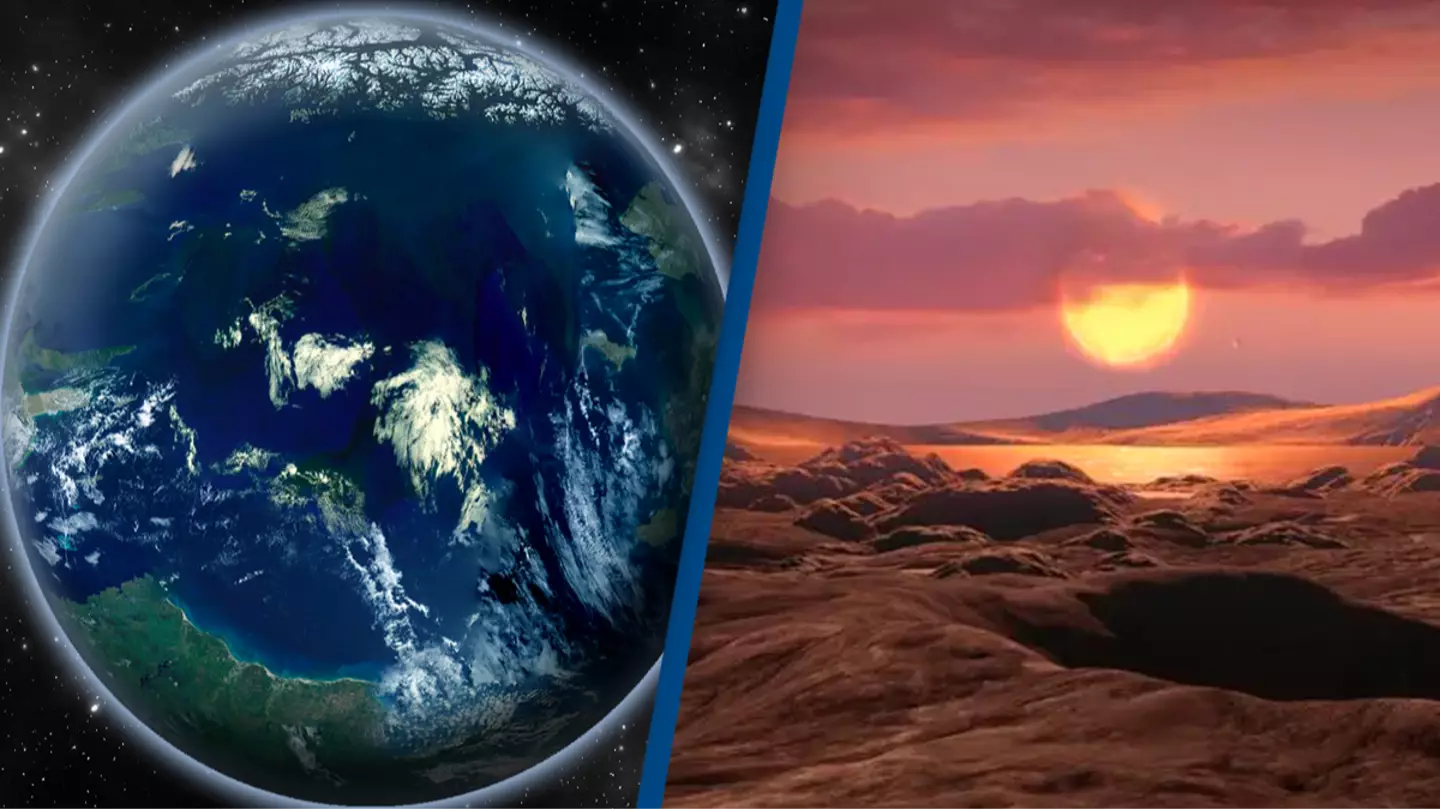
An Earth-like planet has the potential to support human life, and isn't even that far away.
Okay, hands up, when I said 'isn't that far away', I did mean that in terms of space, so it's still quite far. However, the planet with the catchy name of 'Wolf 1069 b', is the cosmic equivalent of just nipping to the shop for a pint of milk.

The planet has a lot of features which suggest that it could actually be habitable for humans. Wolf 1069 b is named after the red dwarf star which it orbits, called Wolf 1069. In fairness to the people who name stars, there are a lot of them, so not all of them can have catchy names.
Advert
Wolf 1069 b is the sixth-closest possible Earth-like planet which has so far been found by exoplanet hunters. An exoplanet is a planet which orbits a star outside our solar system.
And this one is comparatively local as well. It's a paltry 31 lightyears away from Earth, which is barely a footstep in cosmic terms. You could get on a ship as a 20-year-old and arrive on a brand-new planet in your mid-fifties!
Scientists believe that the planet sits within the habitable zone of its solar system - a sweet spot in a sun's orbit where water can exist in liquid form. Too far away and it'll freeze, too close and it will boil off.
Advert
Earth, obviously, sits in this band of the Sun's orbits, but it may not be the only body in our solar system which has liquid water.

There is strong evidence of an ocean on Jupiter's Europa located under a thick sheet of ice. Given that life can exist on Earth in similar conditions, it's possible that life exists on Europa. However, unless you want to try and survive in the deep ocean, it's not habitable for humans.
As for Wolf 1069 b, it's actually much closer to its sun than Earth is. Its orbit lasts only 15 days, making it much closer than even Mercury is to our Sun. If it was in our solar system, water could not exist in liquid form.
Advert
However, because the star Wolf 1069 is so dim, scientists think it may fall into the sweet spot of liquid water despite being so close to its star.
The planet was spotted by a long-term study which is looking for exoplanets across the Universe called CARMENES using a method called the 'radial velocity method' to find exoplanets.
This method observes a star to see if there is a slight 'wobble' in a star which might indicate the gravitational field of a planet.
Topics: News, World News, Space, NASA, Science
